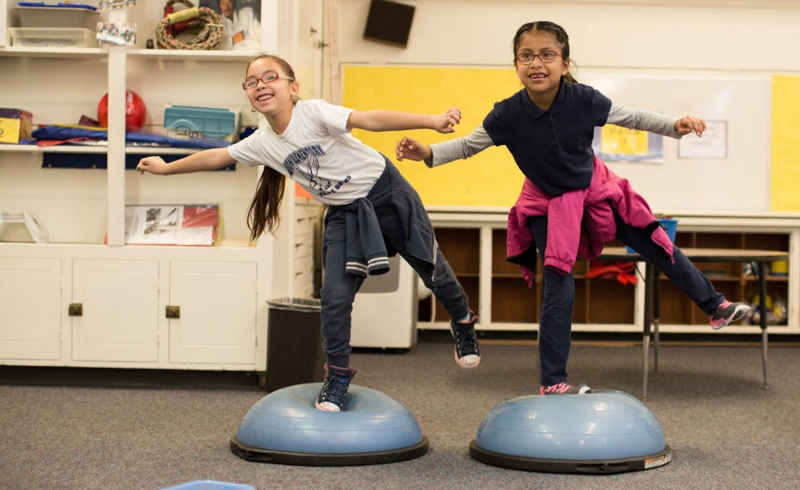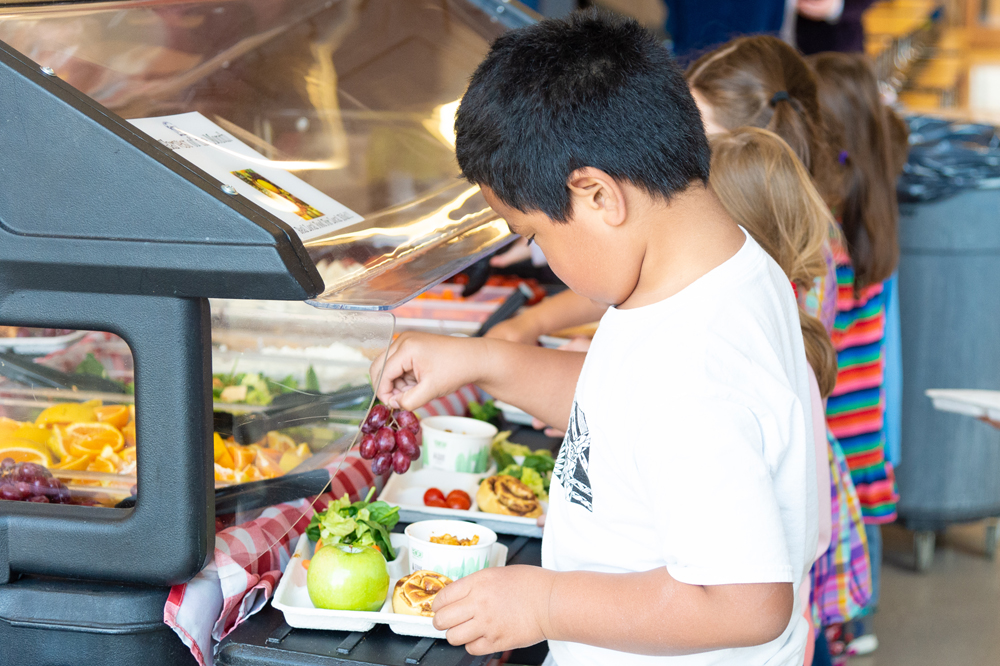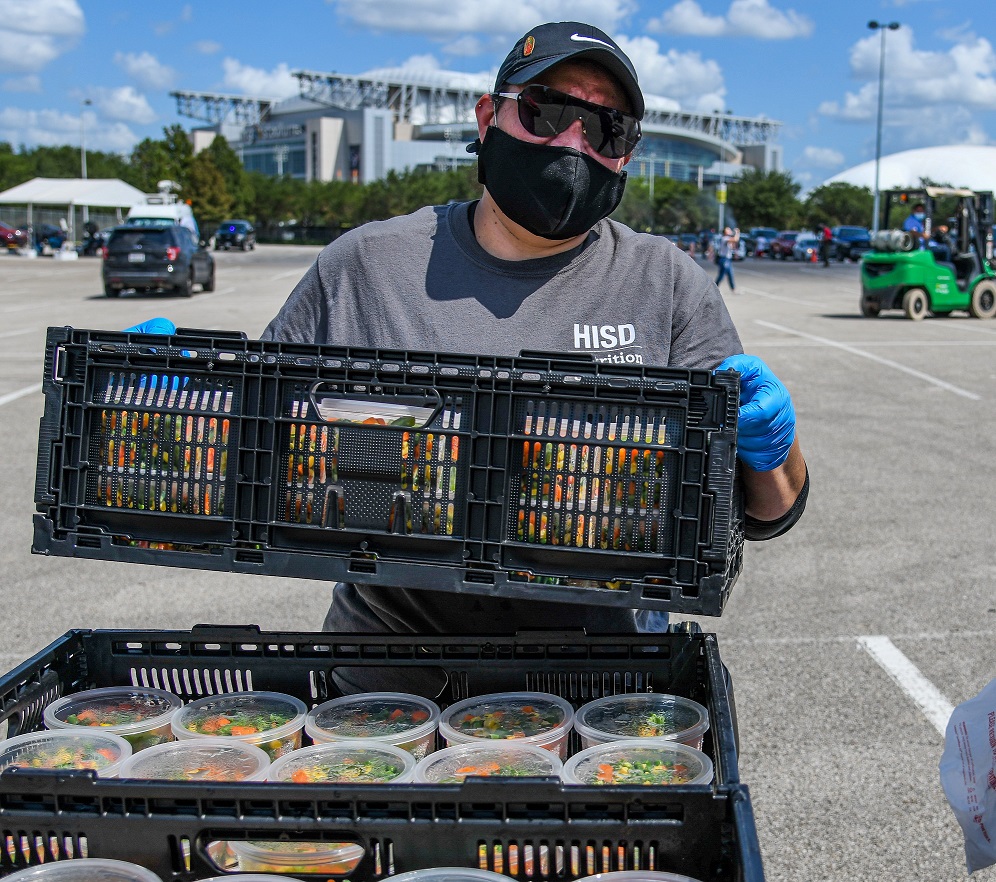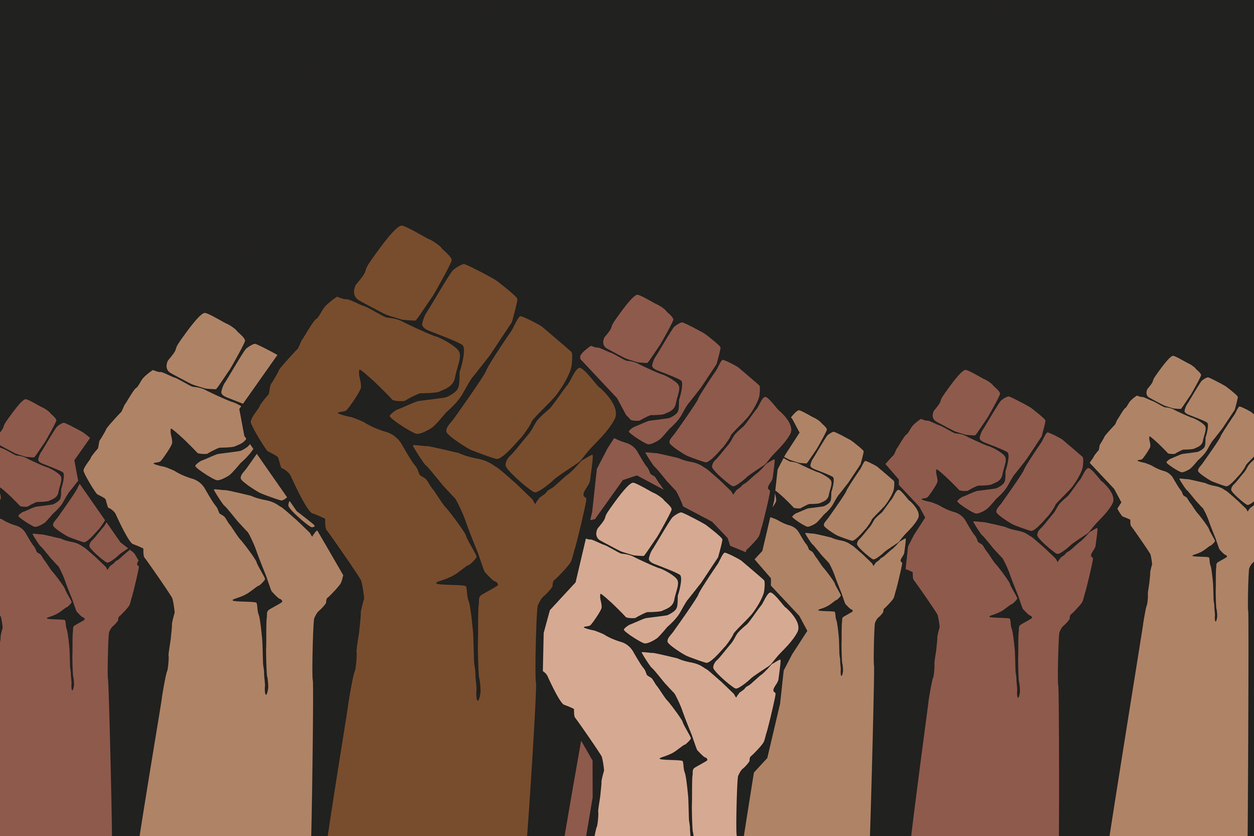
Share On Social!
Children of color continue to struggle with obesity.
Obesity rate continues to be significantly higher for Latino (20.7%) and black children (22.9%) than for white children (11.7%) ages 10-17, according to the new State of Childhood Obesity report from the Robert Wood Johnson Foundation (RWJF).
Obesity—and other chronic diseases—are more prevalent among those of color and those in poverty because discriminatory systems have disinvested in healthy policies and basic resources for them.
In the midst of the current COVID-19 pandemic, which is worsened by obesity, it is more critical than ever to prioritize children’s health. Latino children and young adults account for over 40% of the COVID-19 deaths among people ages 0-24, according to the CDC.
To prioritize children’s health, leaders at all levels must rethink the discriminatory systems and policies that put children of color at risk for obesity, disease, poor health, and even death.
“We’ve seen these disparities for decades when it comes to childhood obesity rates,” said Jamie Bussel, senior program officer at RWJF. “This year, we’ve also seen people of color and people with low incomes hit hardest by the COVID-19 pandemic. In both cases these outcomes reflect decades of disinvestment in specific communities and specific groups of people, often driven by the systemic racism and discrimination that are still so prevalent in our society.”
Childhood Obesity Trends
The national obesity rate for children ages 10-17 was lower in 2018-19 (15.5%) than in 2016 (16.1%), but the difference is not statistically significant, according to RWJF’s report.
These kids are at greater risk for type 2 diabetes, high blood pressure, and other serious conditions.
 Here are some other key findings:
Here are some other key findings:
- One of seven children have obesity. One of five children of color have obesity.
- Obesity rates were significantly higher for Latino (20.7%), Black (22.9%), American Indian/Alaska Native (28.5%), Native Hawaiian/Other Pacific Islander (39.8%) children as compared to white children (11.7%).
- Obesity rates also were higher for children in households making less than the federal poverty level (21.5%) than those in households making at least 400% of the federal poverty level (8.8%).
Among states:
- 20 had obesity rates higher than the national rate of 15.5%.
- Five had even higher obesity rates: Kentucky (23.8%), Mississippi (22.3%), South Carolina (22.1%), Tennessee (20.4%), and Arkansas (20.2%).
- 30 states and Washington D.C. had obesity rates lower than the national rate, five of which were statistically significantly lower: Utah (9.6%), Minnesota (9.9%), Kansas (10.6%), Montana (10.6%), New York (10.7%), Colorado (10.9%), Hawaii (11.1%), and Nebraska (11.5%).
Fortunately, RWJF’s State of Childhood Obesity report provides policies and recommendations for federal, state, and local leaders to create long-lasting changes to improve child-care settings, schools, and communities so all children can grow up healthy.
Nutrition Policies and Recommendations to Address Childhood Obesity
Nutrition is a large focus of RWJF’s report.
It’s important to remember that even before COVID-19, millions of families were living in poverty, food insecure, in unsafe and unstable homes, and without health care. Latinos in particular face food swamps and are more likely to suffer food insecurity (16.2%) than the national average (11.1%).
COVID-19 is worsening food insecurity.
Currently, 14 million children nationwide are food insecure. That’s nearly three times as many as the Great Recession in 2008.
Recommendations: Supplemental Nutrition Assistance Program (SNAP)
Before COVID-19, Latinos comprised about 20% of SNAP participants.
SNAP participation surged by nearly 6 million people to 43 million people in the first month of the pandemic. In response, Congress provided additional funding to SNAP to help account for a jump in enrollment.
However, this additional funding did not necessarily increase the benefit amount for individuals.
“If, as anticipated, a broader economic recession outlasts the COVID-19 public health emergency, those facing food insecurity will need additional help,” RWJF’s report states.
SNAP—among other policies—is critical to cut child poverty and improve child health.
SNAP Recommendations:
- Immediate: Raise the maximum SNAP benefit level by at least 15% per participant for the duration of the economic downturn.
- Long-term: Increase SNAP benefits by 20 percent to enhance anti-hunger and anti-poverty effects while reforming the underlying system of calculating food costs and benefit amounts.
Recommendations: Special Supplemental Nutrition Program for Women, Infants, and Children (WIC)
WIC serves approximately 6.3 million people, including about half of all infants born in the U.S.
In response to the pandemic, Congress provided additional funding to WIC. WIC was also able to waive some requirements which increases flexibility for participation among families.
WIC Recommendations:
- Immediate: The U.S. Department of Agriculture (USDA) and Congress should ensure that the relevant waivers remain in place for as long as needed and that states and WIC offices have the technical support they need to continue to serve families.
- Long-term: Congress should fund the WIC Breastfeeding Peer Counseling Program at its full authorized amount of $90 million to ensure mothers have access to critical supports.
Recommendations: School Meals and Snacks
In 2019, nearly 30 million children participated in the National School Lunch Program and nearly 30 million children participated in the School Breakfast Program, according to the report.
 In response to the pandemic, Congress enabled USDA to issue waivers to help schools more quickly adopt and utilize flexibilities to serve meals to students outside of a school setting. The waivers were extended to December 31, 2020.
In response to the pandemic, Congress enabled USDA to issue waivers to help schools more quickly adopt and utilize flexibilities to serve meals to students outside of a school setting. The waivers were extended to December 31, 2020.
School Meals and Snacks Recommendations:
- Immediate: USDA should support states in using existing waivers to serve free meals to all students through the 2020-21 school year, as recently authorized by Congress.
- Long-term: Maintain nutrition standards for school meals that were in effect prior to USDA’s final rule from December 2018 (whole grains/sodium/milk) and current nutrition standards for school snacks.
Recommendations: Child and Adult Care Food Program (CACFP), Head Start, and Early Head Start
Each year, more than 4.3 million children and 130,000 adults participate in CACFP, a program that provides federal funding to states to reimburse providers for the cost of providing nutritious meals and snacks to children and adults in their care.
In response to the pandemic, Congress provided additional funding to Head Start and extended eligibility for CACFP.
Find out the seven ways early care and education providers are pushing healthier eating, and how 14 states are strengthening Head Start for at-risk families.
CACFP, Head Start, and Early Head Start Recommendations:
- CACFP should be expanded to allow the option of a third meal service.
- Head Start and Early Head Start should be adequately resourced, so that the programs are stabilized and can hire, retain, and support high quality staff.
Recommendations: Dietary Guidelines
CACFP, the National School Lunch and School Breakfast Programs, and WIC are required to have nutrition standards that meet the Dietary Guidelines, which are updated every five years.
“In July, the Dietary Guidelines Advisory Committee recommended several changes to the guidelines to reduce consumption of added sugars: targeting a maximum of 6 percent of daily calories from added sugars, and endorsing no added sugars at all before age 2,” according to the report.
More than 55,000 people recently spoke up for improved dietary guidelines, to include reducing sugar.
Dietary Guidelines Recommendations:
- USDA and HHS should work with the Dietary Guidelines Advisory Committee to finalize guidelines in a timely manner and in a way that will help reduce consumption of added sugars.
Recommendations: Preemption of Local Governmental Power
Preemption happens when a higher level of government restricts the power of a lower level of government by prohibiting lower levels of government from requiring anything above or below what the higher-level law requires, known as ceiling preemption and floor preemption, respectively.
Preemption can either help or hurt efforts to improve health equity.
Find out if your state bans businesses from salary history inquiries or bans cities from enacting paid sick leave policies. Check out this toolkit to promote equity.
Preemption Recommendations:
- State policymakers should oppose legislation limiting the ability of cities, counties, and towns to advance health equity through regulation, taxation, or legislation related to children’s health and healthy communities.
- State policymakers should support the repeal of existing state laws limiting the ability of localities to advance health equity through regulation, taxation, or legislation related to children’s health and healthy communities.
Recommendations: Physical Activity
Three in four youth ages 6 to 17 do not meet the physical activity guidelines of 60 minutes of activity per day.
“Encouraging outdoor park use in ways that are safe and responsive to conditions within a specific community may be an effective way to help children and caregivers continue to be active during the pandemic,” the report states.
 Find out if your state supports walking and biking. Afterall, walking and biking are good for more than physical activity, they are sustainable modes of transportation. Check out these resources for healthy and compact communities to recover from COVID-19.
Find out if your state supports walking and biking. Afterall, walking and biking are good for more than physical activity, they are sustainable modes of transportation. Check out these resources for healthy and compact communities to recover from COVID-19.
Physical Activity Recommendations:
- The federal government should provide guidance and funding to ensure that schools can continue to help students be active, even while learning remotely.
- While the pandemic continues, state and local leaders should work together to support access to and use of parks in ways that are safe given local conditions.
What Can You Do to Promote Childhood Health?
Beyond physical health, it is also important to consider student’s mental and emotional health. Find out what schools are doing across the country to help at-risk kids.
Another key response is identifying racism as a public health crisis.
Systemic racism/discrimination makes it harder for Latinos and others of color to get healthcare, housing, transportation, education, employment, and more. These are all worsened amid the coronavirus pandemic.
 Our team at Salud America! built an Action Pack, “Get Your City to Declare Racism a Public Health Crisis Action Pack” to help anyone get input from local social justice groups and advocates of color, and start a conversation with city leaders for a resolution to declare racism a public health issue along with a commitment to take action to change policies and practices. It will also help build local support.
Our team at Salud America! built an Action Pack, “Get Your City to Declare Racism a Public Health Crisis Action Pack” to help anyone get input from local social justice groups and advocates of color, and start a conversation with city leaders for a resolution to declare racism a public health issue along with a commitment to take action to change policies and practices. It will also help build local support.
More than 130 U.S. entities have declared racism a public health crisis!
“We continue to need to immediately ease the pandemic and its impact on Latinos and people of color,” Ramirez said. “We also need long-term strides to address underlying inequities during this time.”
By The Numbers
142
Percent
Expected rise in Latino cancer cases in coming years



